Homemade Herbed Sea Salt Recipe (Herbamare)
Ali Segersten Aug 19, 2016 9 comments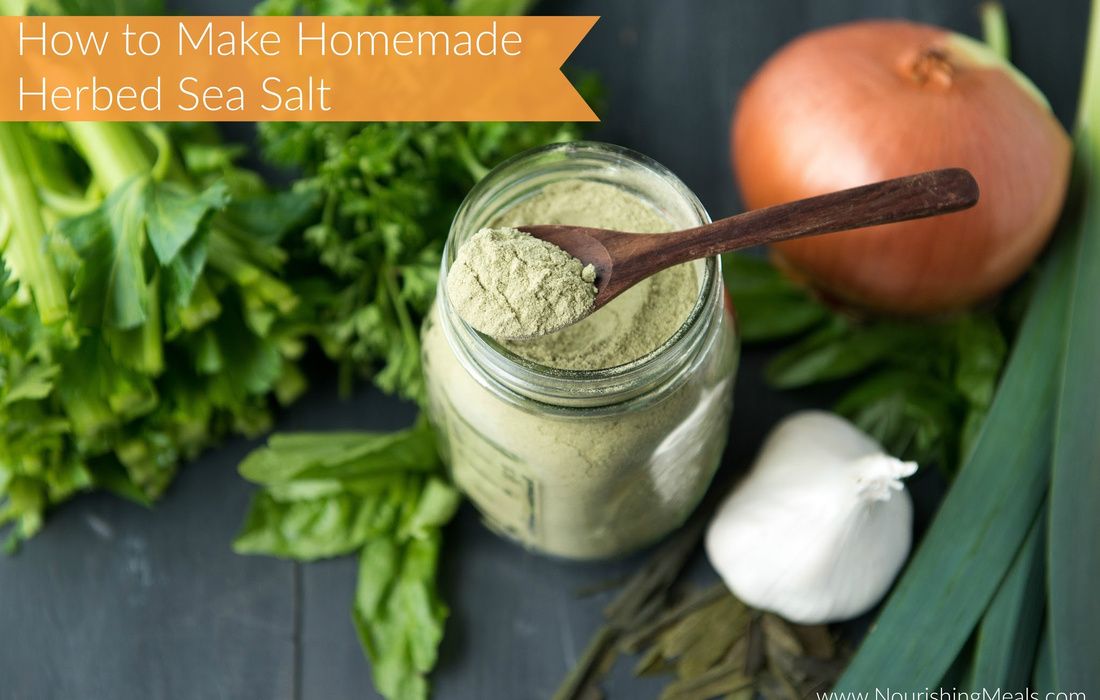
Homemade herbed sea salt is a deeply nourishing infusion of minerals, herbs, and plant-based compounds that elevates your food and your health! If you’ve followed my recipes for a while, you already know how much I love Herbamare, a seasoned sea salt that layers savory herbs and vegetables into a mineral-rich, flavorful blend. It’s one of my favorite ways to add depth to meals while keeping sodium in balance. But over the last year, I began crafting my own version at home. Try making a double batch and giving away some for holiday gifts!
By blending mineral-rich sea salt with dried herbs, vegetables, and kelp, you not only enhance flavor, you amplify nutrition. Herbs and alliums provide polyphenols and sulfur compounds that support detoxification. Kelp offers iodine and trace minerals that nourish thyroid and cellular function. And the inclusion of prebiotic fibers from dried garlic or leeks gently supports your gut microbiome.
This herbed sea salt is more than a seasoning, it’s a way to preserve the abundance of your harvest, connect more intimately with your food, and support your body on a cellular level.
Making it is simple. All you need is a food processor or high-powered blender and your favorite combination of dried herbs. The recipe is flexible and forgiving. Try adding dried chili flakes or black pepper for a little kick. Or keep it classic with rosemary, thyme, parsley, and a touch of celery or leek.
This homemade herbed sea salt is one of the new recipes I added to the revised edition of my cookbook, Nourishing Meals. Use it in soups and stews, on top of scrambled eggs, sprinkled over mashed avocado on toast, use it to make roasted chicken taste amazing, and in any other savory recipe.

About the Author
Alissa Segersten, MS, CN
Alissa Segersten, MS, CN, is the founder of Nourishing Meals®, an online meal-planning membership with over 1,800 nourishing recipes and tools to support dietary change and better health. As a functional nutritionist, professional recipe developer, and author of The Whole Life Nutrition Cookbook, Nourishing Meals, and co-author of The Elimination Diet, she helps people overcome health challenges through food. A mother of five, Alissa understands the importance of creating nutrient-dense meals for the whole family. Rooted in science and deep nourishment, her work makes healthy eating accessible, empowering thousands to transform their well-being through food.Nourishing Meals Newsletter
Email updates.
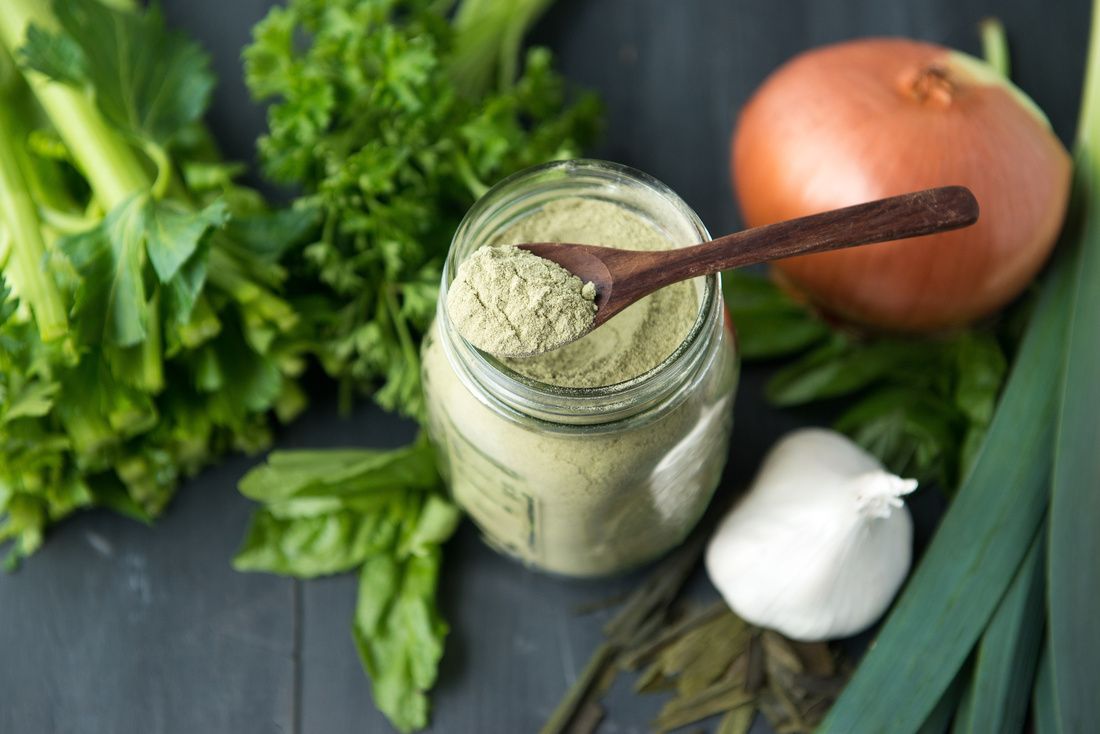


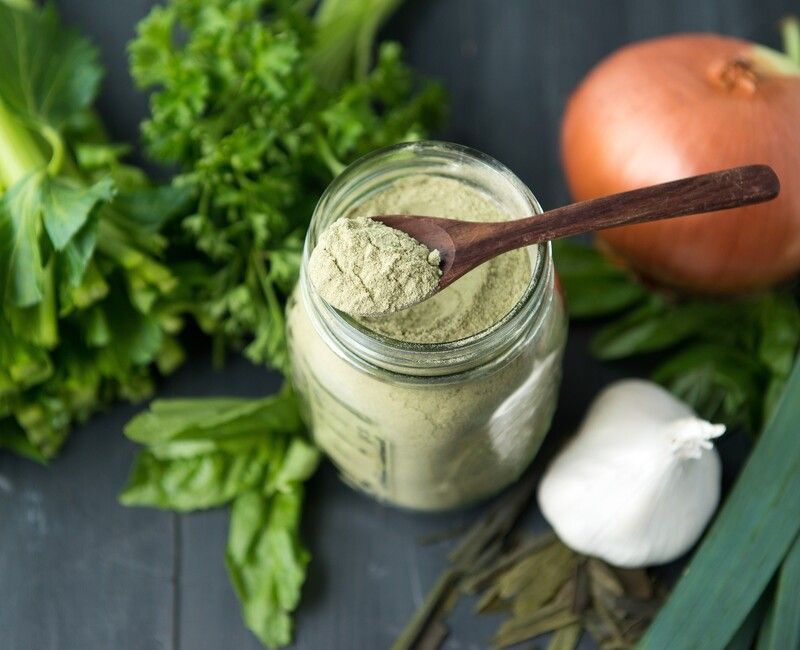
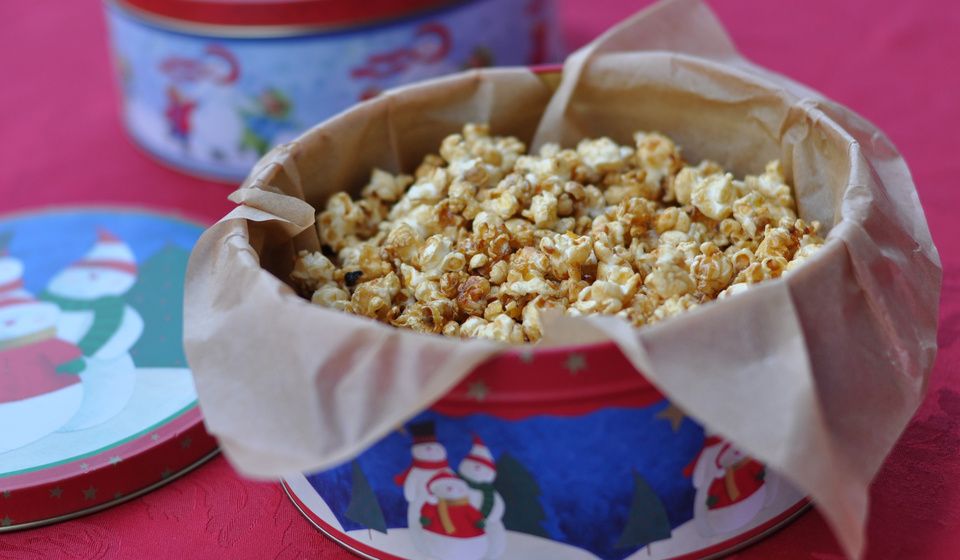

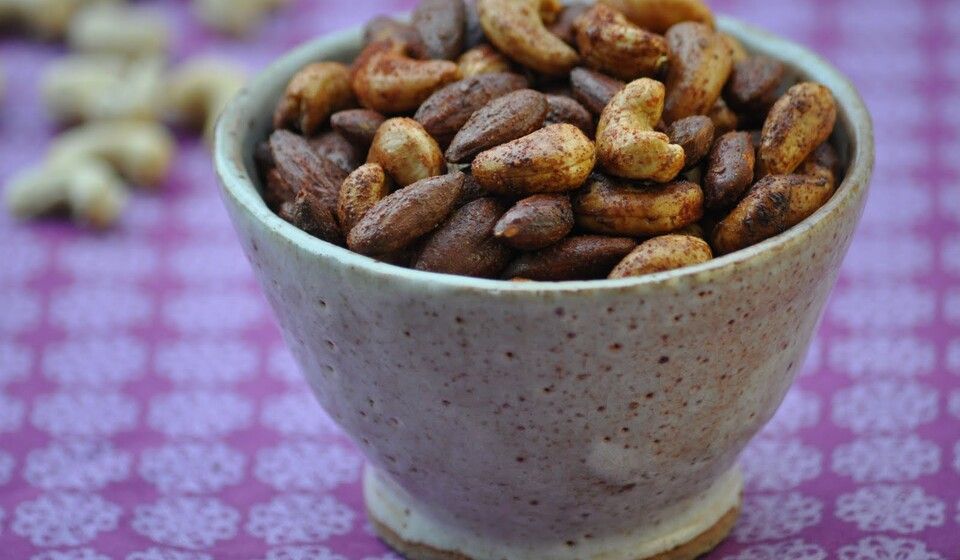
Add Comment
Comments
This looks wonderful, Ali! I started making my own herbed salt last year on a whim. It's SO much nicer than anything you can buy in a store. Can't wait to try your version. Thank you! :)
Ahh I see! I've never actually smoked my own sea salt. I would just replace the salt you have with a plain smoked salt such as this one here:
Alderwood Smoked Sea Salt: http://amzn.to/2bVTzLl
My question is actually - how can we smoke salt ourselves? (The smoked salt I was buying has garlic as one of the ingredients, so I can no longer use it.) We can try adding other things to it, but how do we actually smoke the salt itself?
You are very welcome. Enjoy! :)
I'm very excited about trying this recipe and such a good time of year to get the recipe so I can dehydrate herbs from the garden. Thank you so much for sharing.
Hi Rob,
I think using smoked sea salt in place of the regular sea salt would be delicious! Especially if you added some dried chili peppers and black peppercorns. I'm going to have to try this. Thanks for the inspiration. :)
How could we make this into Smoked Salt? I've been using (& loving) Smoked Salt, but can no longer have garlic so have had to stop using it.
Hi there!
Yes, you can absolutely leave the garlic and onion powder out.
As far as the celery powder, no celery seed powder is not the same thing. Though you could certainly use it, just in much smaller quantities (2 to 3 teaspoons total per batch). You can easily dehydrate celery if you own a dehydrator and want to do that, or just leave it out.
As far as brand recommendations, here you go:
Kelp: http://amzn.to/2bsMxzD
Kelp Powder: http://amzn.to/2bkwxOK
Sea Salt: http://amzn.to/2bkwOBd
Let me know how it turns out! :)
Hi Ali,
I am really excited to try this recipe! I've stayed away from Herbamare because I don't do well with garlic and onion powder. I am excited to make my own Herbamare and just leave those out!
Could you add your recommendations for brands? I'd love to know what salt and kelp you use. Is celery seed powder the same as celery powder? Thanks so much!!